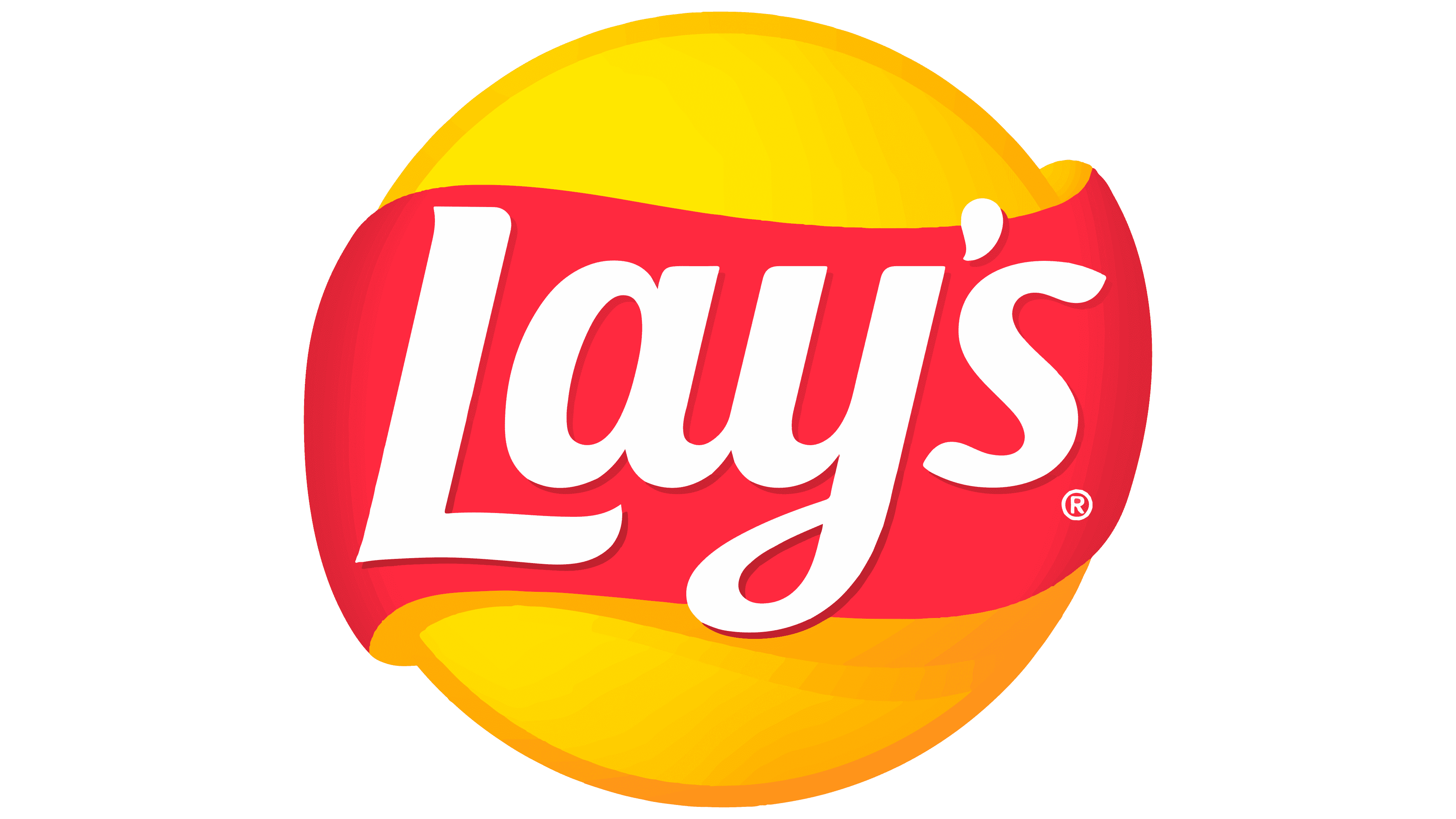vi
Total noob. Any experienced user knows it’s
run0 micro file.txtHow dare you using a 21st century terminal editor that keeps you sane? You’re supposed to learn a whole new set of archaic key bindings! And suffer!
Sorry, user babe is not in the sudoers file. This incident will be reported
All incidents are reported directly to Stallman.
Torvalds would like to have a word with you
I don’t think Torvalds wants to receive any reports.
Had an idiot “fix” a permission problem by running “sudo chmod -R 777 /”
And that is why sudo privileges were removed for the vast majority of people.
seems reasonable to me, root is just a made up concept and the human owns the machine.
Oh… That sounds like a nightmare. How do you even fix that? There’s no “revert the entire filesystem’s permissions to default” button that I’m aware of
You restore the system from backup
I think they had to reinstall. It was part of a Hadoop cluster and that was extra finicky.
If you are lucky your system is atomic or has other roll back feature. Otherwise it’s reinstall time.
I guess you could set up a fresh system, run a script that goes through each folder checking the permission and setting it on the target system.
Shared this before, but someone I know did a chmod on /bin which nuked all the SUID/GUID bits which borked the system lol.
Surpsingly easy enough to undo by getting a list of the correct perms from a working system, but hilarious nonetheless
sudo = shut up dammit, obey!
personally, I prefer the good ol double bang (!!), but whatever floats yer boat, and all that.
I mean if you double bang me I’m likely to do whatever you want, too.
There are many people who appreciate a double bang.
Getting flashbacks of me trying to explain to a mac user why using sudo “to make it work” is why he had a growing problem of needing to use sudo… (more and more files owned by root in his home folder).
Sounds like a problem fixing itself, at some point MacOS is going to have problems if it can’t edit a config is my guess.
sudo dolphin
Then I act like a Windows user and go there via the GUI because I didn’t feel like learning how to use nano.
Add
admin://in Dolphin (so/etc/sudoers.conf.d/turns intoadmin:///etc/sudoers.conf.d/)Try installing micro, it’s a 21st century terminal editor
If you’re running dolphin as sudo and open like a text file in an editor, does it edit the file with sudo?
When you run a process under
sudo, it will be running as the root user. Processes that that process launches will also be running as the root user; new processes run as the same user as their parent process.So internally, no, it won’t result in another invocation of
sudo. But those processes a dolphin process running as root starts will be running as the root user, same as if you had individually invoked them viasudo.But in my experience Dolphin refuses to run via sudo anyway.
Does it let you do that?
Also it may fail to connect to the compositor
Just log in as root lol
What happened with frog_brawler?
now i feel shame. I used to love breaking my xorg.conf in nano
sudo chmod -R 777 /
It’s safe because it’s sudo! Like sudo rm -rf /*
At one of my prior positions they outsourced all the junior engineers to this firm that only had windows desktop support experience.
Actual escalation I got:
contractor: I am trying to remove this file that is filling the drive but it won’t let me
me: show me what you are doing.
contractor (screenshot): # rm -f /dev/hdc
another one did rm -rf /var to clear a stuck log file, which at least did solve the problem he was having.
After that I sent out an email stating that I would not help anyone who used he rm command unless they consulted with a senior first. I was later reprimanded for saying I wouldn’t help people.
I was later reprimanded for saying I wouldn’t help people.
I’ve heard that before. “No. I won’t close the circuit breaker while you’re holding the wires.” “Boss!..”
Back in the olden days we used to nfs mount every other machines file system on every machine. I was root and ran “rm -rf /" instead of "./”.
After I realized that it was taking too long, i realized my error.
Now for the fun part. In those days nfs passed root privileges to the remote file system. I took out 2.5 machines before I killed it.
I did this in a cleanup script in a make file with an undefined path that turned the pointed dir to root after a hardware change
thank rngesus I was in a user account with limited privileges
Back in the olden days we used to nfs mount every other machines file system on every machine. I was root and ran “rm -rf /” instead of “./”.
I still do. With NFS4 even more than ever. Won’t let it go unless for a SAN.
Now for the fun part. In those days nfs passed root privileges to the remote file system.
no_root_squashmuch?
Like I said, olden days.
Holy smokes. That must have been before 1989 (that’s when RFC1094 was released, explicitely prohibiting to map the root user to UID 0). I thought, I was old…
Anyone remember that nvidia fix where a space slipped in like: rm -rf / nvidia ?
You won’t be able to do certain things. Either .ssh or ~ expects certain exact permissions and pukes if it’s different, IIRC
Yep. I fucked up once when I meant to type chmod for something but with “./” but I missed the “.”. It was not good.
utter nonsense of the deranged
It’s my computer, I’ll read and write what I want

Why does it have to be transcribed into numbers anyway?
Doesn’t have to. You can also do something like
chmod +rw ./filename
:w !sudo tee %This is definitely the way for configuration files that you shouldn’t change permissions or ownership on but only want to modify a few times.
However, I find chmod easier to use without reference by using the ugoa (+/-) rwxXst syntax rather than the numbers.
why tho?
If it’s a file I have to modify once why would I run:
sudo chmod 774 file.conf
sudo chown myuser:myuser file.conf
vi file.conf
sudo chown root:root file.conf
sudo chmod 644 file.conf
instead of:
sudo vi file.conf

Inane. Intentionally convoluted, or someone following the absolute worst tutorials without bothering to understand anything about what they’re reading.
I have questions:
- Why are your configurations world readable?
- Why are you setting the executable bit on a .conf file?
- Why change the files group alongside the owner when you’ve just given the owner rxw and you’re going to set it back?
- If it was 644 before, why 774?
- Why even change the mode if you’re going to change the ownership?
- Why do you want roots vimrc instead of your users
- Why do you hate sudoedit
- Why go out of your way to make this appear more convoluted than it actually is?
Even jokey comments can lead to people copying bad habits if it’s not clear they’re jokes.
This was a joke right? I was baited by your trolling?
I felt kinda bad doing that at first. then your absolute rage made my doubt’s melt away.

doubt’s
I see what you did there
Anger, rage and ultimately hate
These are the emotions we feel sometimes
If it’s all my system should I really care about chown and chmod? Is the point that automatic processes with user names like www-data have to make edits, and need permission to do so, and that’s it?
Newish Linux user btw
In addition to corsicanguppy’s comment, some — often important — programs actually expect the system to be secured in a particular way and will refuse to function if things don’t look right.
Now, you’d be right to expect that closing down permissions too tightly could break a system, but people have actually broken their systems by setting permissions too openly on the wrong things as well.
That said, for general, everyday use, those commands don’t need to be used much, and there might even be a way to do what they do from your chosen GUI. Even so, it nice to know they’re there and what they do for those rare occasions when they might be needed.
Short answer: yes.
One of the tenets of security is that a user or process should have only enough access to do what it needs, and then no more. So your web server, your user account, to your mail server, should have exactly what they need, and usually that’s been intricately planned by the distro.
If you subvert it you could be writing files as root that www-data now can’t read or write. This kind of error is sometimes obvious and sometimes very subtle.
Especially if you’re new to this different access model, tread carefully.
Great news! If you need it up, many distros are really great at allowing you cm to compare permissions and reset them. The bad news is that maybe you’re not on one of those. But you could be okay.
Thanks for the explanation!
















